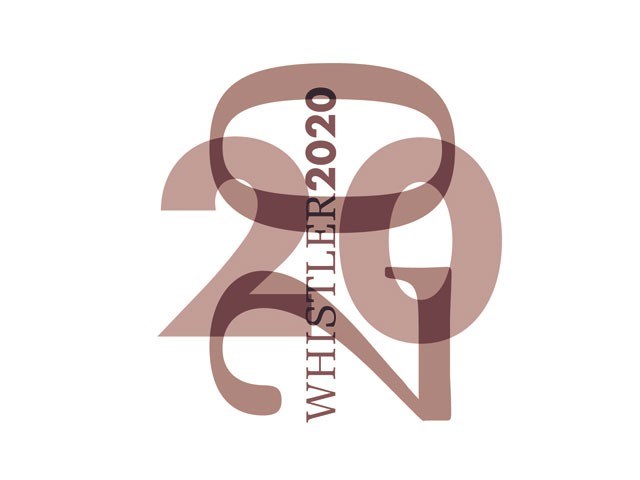RMOW Policy and Program Development
There’s nothing like having a good 50 centimetre dump savaged by high, warm winds and rain to remind us Whistlerites that Christmas is just around the corner. Oh, that and watching seemingly millions of holiday-season lights get strung all over the village by a dedicated crew high atop powered lifts.
While the energy savings of deciding not to slide downhill in knee-crunching crust is hard to quantify, using modern technology to save energy and people power when it comes to festive lighting in the village is. Let your light shine, but let it shine more efficiently, please.
According to Ted Pryce-Jones, RMOW Village Supervisor, twinkling lights throughout Whistler Village are a substantive component of the winter wonderland look and feel of our resort town, but it doesn’t have to come at any expense or increased greenhouse gas emissions.
“Back in the day, council was getting letters from guests who were saying they bring their families here for a winter holiday experience and that these lights are a major tool for quality visitor experience in Whistler,” Pryce-Jones says.
Over the past two seasons, Pryce-Jones and the Village Maintenance crew have been replacing the “traditional” 5 watt incandescent holiday lights with the new C-6 “Strawberry” LEDs. This change leads to energy savings of 90-95 per cent and substantive labour savings as well.
“The fact that we are lighting 90 per cent more efficiently is one factor,” says Pryce-Jones. “There is also way less labour. With the old school incandescent lights we had to inspect every bulb, remove it, put some gel on the contact and screw it back in… if one bulb goes out in the old system, the entire string is out.”
The labour savings alone add up to almost two months of work for one person to check and service the roughly 150,000 incandescent bulbs Pryce-Jones estimates once put the twinkle in our festive village. The old incandescent bulbs and the copper wire from the incandescent strings were all recycled.
LED stands for "light-emitting diodes." It's a technology that has been around for a while, but until recently there were few products that used LEDs in festive lights at a price that compared with traditional strands. That's changed, though. Now, major retailers carry strings of LED lights in a variety of styles and colours.
Pryce-Jones estimates that 150,000 five watt incandescent bulbs (116,400 kWh/month) have been replaced by 200,000 LEDs (1,430 kWh/month). Based on these estimates, the electricity costs to power the incandescents would have previously been approximately $7,350 per month. The cost of powering the new LEDs is now around $100 per month. The new bulbs therefore result in substantial costs savings as well annual reductions of 15-20 tonnes of greenhouse gas emissions.
LEDs can be used indoors and outdoors, same as traditional lights, but they use just a fraction of the energy that conventional bulbs consume. And LED’s use plastic lenses, instead of glass and filaments, and are virtually unbreakable. Further, unlike incandescents, if a single LED goes out, it doesn't affect the others. But LED’s are much less likely to burn out: they can last about 200,000 hours while conventional bulbs last 1,000 to 2,000 hours. So, they prevent one of the season's inevitable headaches: the search for that one faulty light that blows out the whole strand. They also emit less heat (fewer festive tree fires) and are safer for children than the glass ones, which tend to create a small explosion when dropped, bumped or thrown.
Like all sustainable purchases, the choice to use less energy often comes with considered tradeoffs. ConsumerReports.org compared strands of LED and conventional lights and declared the price difference a toss-up, depending on the length of the strands. The study concluded you might not realize any savings if payback takes more than three 90-day seasons, the industry's standard for how long a household may use the lights.
Consumer Reports' testers concluded that generally LEDs
"can be a bit more expensive than incandescents," but favored them
overall. LEDs won two of the other three criteria involved in the review,
energy use and durability; incandescents won on brightness.
To further efficiency efforts, the RMOW has also installed timers on most of our festive display lights to turn them off at midnight. In the past, they were controlled along with street and trail lights with a photo cell that left them on all night.
“It’s amazing when you think about the savings in labour and power just dealing with something as simple as these little bulbs, but every little bit helps,” says Pryce-Jones.
To KNOW MORE about other actions that are moving our community toward Whistler2020, to tell us how you’re contributing, or to find out how we’re performing visit www.whistler2020.ca .




